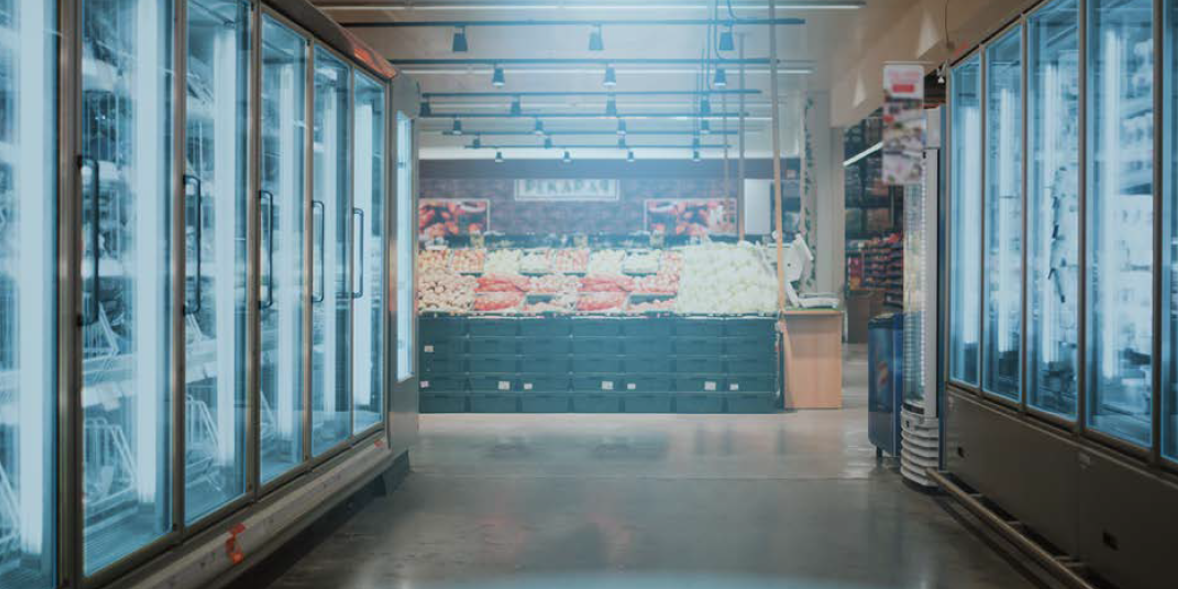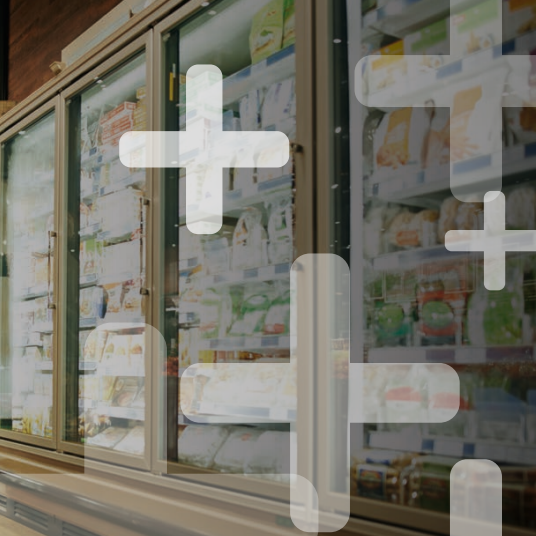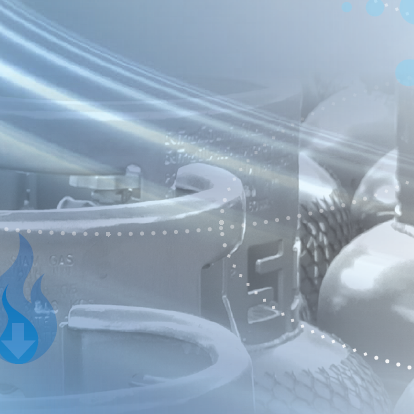Prioritizing Sustainability with Natural Refrigerant Options
Natural refrigerants play a critical role in the global phasedown of legacy hydrofluorocarbon (HFC) refrigerants. As food retailers and foodservice operators set short- and long-term sustainability targets, natural refrigerants are among the few alternatives capable of delivering significant reductions in both direct and indirect greenhouse gas (GHG) emissions.
Offering very low global warming potentials (GWPs) and excellent energy efficiencies, CO2 (or R-744) and propane (R-290) are well-suited for a wide variety of commercial refrigeration equipment strategies.

Exploring Natural Refrigerants
Regulatory mandates and corporate sustainability initiatives are driving the transition toward more environmentally friendly refrigerant alternatives. Many of the commonly used hydrofluorocarbon (HFC) refrigerants used in commercial refrigeration applications have a high global warming potential (GWP). Global, federal and state regulations are actively phasing down the use and production of these high-GWP HFCs.
Natural refrigerants have very low-GWP levels and offer thermodynamic properties well-suited for modern commercial refrigeration applications.
Copeland Natural Refrigerants Video Series
Natural Refrigerants FAQs
What is a natural refrigerant?
A natural refrigerant is a substance that occurs naturally or is already present in the Earth’s atmosphere or natural environment. The most common natural refrigerants in use today are refrigerant-grade versions of carbon dioxide (CO2 or refrigerant name R-744), the hydrocarbon propane (R-290) and ammonia (R-717.)
Are natural refrigerants safe to use?
Natural refrigerants have unique properties that require adherence to proper safety protocols in system design, manufacturing and handling. Because CO2 is a high-pressure refrigerant, system piping, valves and equipment must be rated for these pressures and allow for built-in pressure relief. R-290 is flammable and requires equipment to be designed to minimize the potential for ignition potential. Because of its potential toxicity, R-717 leaks must be quickly detected so that building occupants can be evacuated. Modern refrigeration technologies have evolved to ensure equipment safety and enable the use of these refrigerants in designated applications.
Which natural refrigerant should I use?
Natural refrigerants have evolved to fill very specific niches in commercial and industrial refrigeration applications. CO2 is more common in centralized refrigeration systems, such as CO2 transcritical booster. R-290 is mostly limited to lower charge limits and is typically found in stand-alone, self-contained display cases. R-717 delivers excellent performance in large cold storage and industrial refrigeration applications.
Why are natural refrigerants good for the environment?
Natural refrigerants have very low-global warming (GWPs) and ozone depletion potentials:
- R-744 has a GWP of 1 and an ODP of 0.
- R-290 has a GWP of 3 and an ODP of 0.
- R-717 has 0 GWP and ODP.





